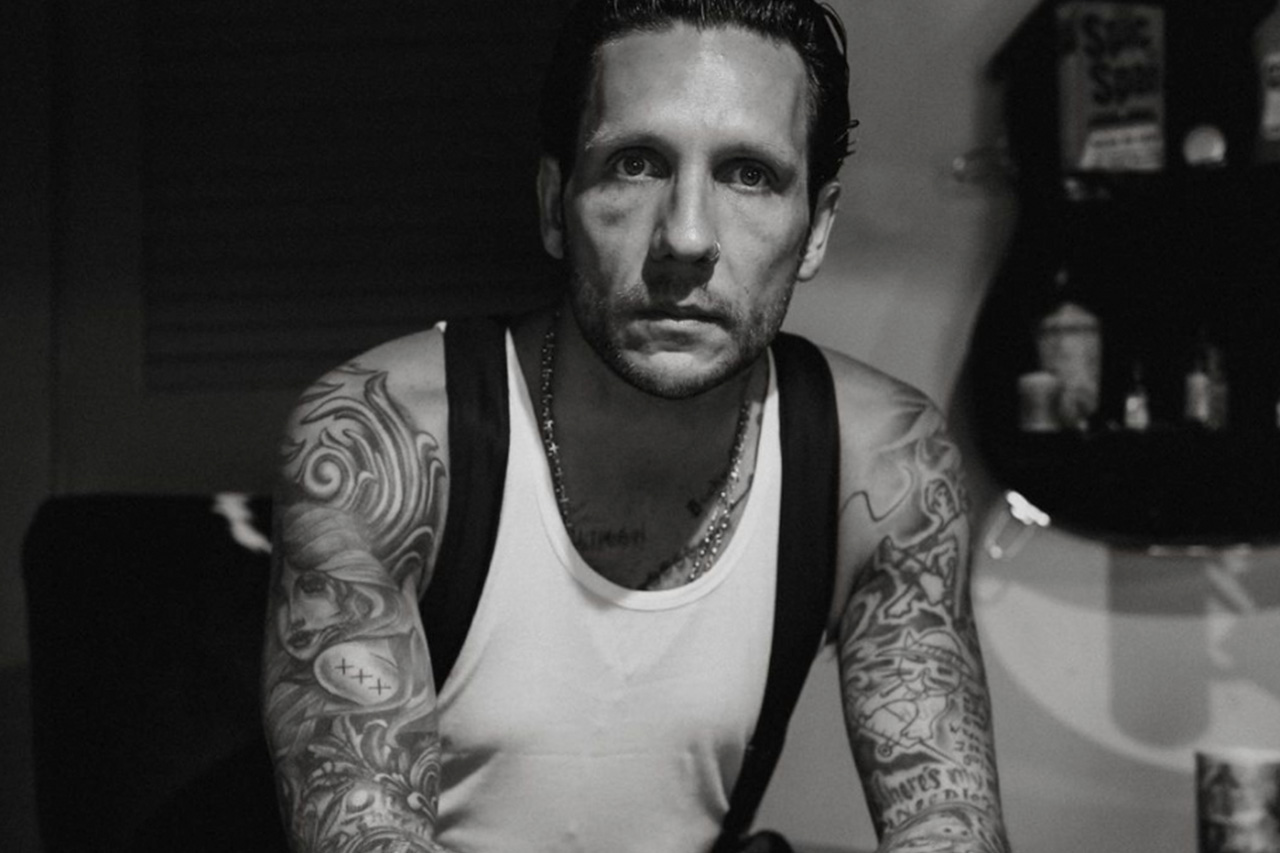
It’s widely known that alcohol negatively impacts the liver.
The liver regulates chemical levels in the blood; excretes cholesterol, hormones, and drugs; metabolizes fat, proteins, and carbs; and stores vitamins and minerals, to name a few functions. Because alcohol is mainly broken down in the liver, it can damage this particular area of the body. Long-term alcohol abuse can severely damage the liver, resulting in a condition called alcohol cirrhosis. But how much alcohol causes cirrhosis? How much is too much?
What Is Alcohol Cirrhosis?
Alcohol cirrhosis, or alcohol-induced cirrhosis, is the destruction of normal liver tissue or death of liver cells, leaving scar tissue in its place. Over time, this can lead to alcoholic hepatitis, which is an acute inflammation of the liver that can be fatal without treatment. Basically, alcohol affects the liver by making it more difficult for the organ to function properly. The liver’s main actions include breaking down and filtering out harmful substances in the blood, as well as manufacturing proteins, enzymes, and hormones that ward off infections. The liver also converts vitamins, nutrients, and medicines into substances that our bodies can utilize. It’s also responsible for cleaning out our blood, producing bile for digestion, and storing glycogen for energy. When it comes to alcohol and the liver, the liver processes over 90% of the alcohol a person consumes, and the rest is eliminated from the body via urine, sweat, and breathing. It usually takes the body an hour to process one alcoholic drink, a time frame that increases with each drink. The higher someone’s blood-alcohol level or the amount of alcohol they have in their system, the longer it takes for their body to process alcohol. The liver can only process a certain amount of alcohol at one time, meaning that the rest of the unprocessed alcohol that remains in the liver eventually makes its way into the bloodstream. This is the point where people become intoxicated or drunk. Drinking like this on a daily basis or often can destroy liver cells, causing the liver to scar (cirrhosis), alcoholic hepatitis, and cellular mutation that can result in cancer.
Alcoholics, or people who are unable to control their drinking, are at a high risk of alcoholic cirrhosis. This condition can eventually develop into liver cancer, which is incurable and can be fatal. Although you may believe you have years to quit drinking, time passes by quicker than you think. If you know someone who’s unable to control their drinking and needs help, Brandon leads alcohol interventions where you and the person’s other loved ones can share your concerns for their well-being and motivate them to go to rehab.
Symptoms of Liver Cirrhosis from Alcohol
Heavy drinkers or alcoholics face a higher risk of developing liver disease compared to moderate or non-drinkers. For instance, many heavy drinkers develop fatty liver disease, which is usually reversible with abstinence. Alcoholic hepatitis, or inflammation of the liver, may also occur and is reversible with abstinence. However, if treatment is not received in time, this condition can cause liver degeneration, which may progress to cirrhosis and can even be fatal. Those who consume more than two alcoholic drinks on a daily basis are at risk of liver disease.
Some of the first signs of alcohol cirrhosis include:
- Yellowing of the skin and eyes (jaundice)
- Abdominal pain and swelling (specifically in the upper right-hand side)
- Swollen legs and ankles
- Nausea and/or vomiting
- Itchy skin
- Discolored stool
- Dark urine
- Tendency to bruise easily
- Disorientation and confusion
- Fever
- Weakness and fatigue
- Loss of appetite
- Pale, blood, or dark stool
If left untreated, cirrhosis can lead to death. The reason this condition is usually fatal is as a result of secondary complications, such as kidney failure and high blood pressure in the vein carrying blood to the liver. Additionally, there is no alcoholic beverage that’s “safer” for your liver. Drinking more than two drinks on a daily basis increases your likelihood of developing a form of liver disease. If you’re struggling with alcoholism and need help quitting, Brandon Novak recommends receiving alcohol treatment at Redemption Addiction Treatment Centers.
How Much Alcohol Consumption Causes Cirrhosis?
Long-term alcohol abuse can result in liver cirrhosis and even cancer. But how much alcohol does it take to cause liver cirrhosis? For cirrhosis to develop in men, a person must drink more than about 3 ounces of alcohol a day for more than 10 years. These 3 ounces include drinking 6 cans of beer, 5 glasses of wine, or 6 shots of liquor. Regarding how much alcohol can cause cirrhosis in women, women may develop liver cirrhosis if they drink half the amount of alcohol as men. This means drinking more than 1.5 ounces of alcohol a day for several years puts women at risk of alcoholic cirrhosis.
As a former heroin user who attended rehab to get sober, Brandon Novak understands how difficult it can be to quit drinking or using drugs. This is a life-long process that doesn’t end when treatment does. Some people with addictions are more willing to accept help and get treatment than others. Those who aren’t as willing may have a more difficult time getting sober. If you have a loved one who’s struggling with any form of substance abuse and doesn’t want to go to rehab, Brandon Novak is a certified intervention specialist that offers drug and alcohol interventions to help people with addictions consider and accept addiction treatment.





